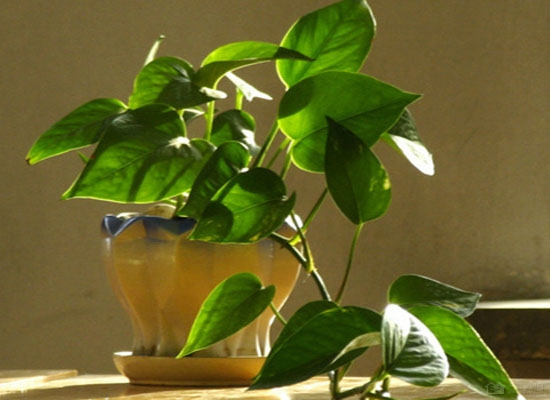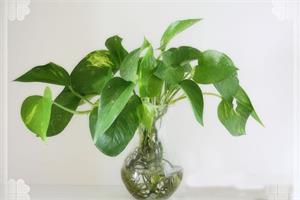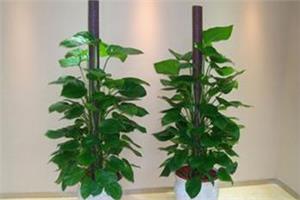The reproduction method with the highest success rate is green pineapple striping.
The survival rate of green pineapple reproduction is relatively high, but it does not mean that the survival rate is up to 100%. However, it is said that among the three breeding methods of green pineapple, the survival rate of green turnip striping method can reach 100%. Therefore, this paper intends to focus on the green pineapple striping propagation method for your reference.

There are three main propagation methods of green pineapple: cuttings propagation, water insertion propagation, striping propagation.
1. Cuttage propagation
The simplest method of reproduction is to select sturdy stems and leaves, cut a "ten" word with a knife at the bottom, then insert it into plain yarn and spray water every day.
2. Water insertion propagation
The more commonly used breeding method is to select sturdy stems and leaves, cut them a little longer, cut a "ten" word with a knife at the bottom, insert it into the water, change the water every 3 days, and survive in about 10 to 15 days.
3. Striping propagation
The so-called striping propagation is to press the stolon of the green radish in the basin on the soil or sand, and after the aerial root is buried in the soil, it can take root, wait for the growth of new leaves, and then cut off and plant separately. It is said that for green turnips, the success rate can reach 100%.
The reason for the high success rate of striping propagation is that the early stage of striping can provide nutrition with the help of the female parent, and the branches can take root and grow new leaves directly. In contrast, cuttage reproduction has to go through the process of wound healing, withering, slowing down seedlings, growing new roots, and growing again.
After successful reproduction, the green pineapple should be planted in pots with loose, breathable and well-drained soil, mainly rotten leaf soil, mixed with 2 Mel 3 garden soil or mixed with peat soil and perlite. Green turnip is strong, can be potted indoors all the year round, placed in a bright place in the indoor sun, and can be placed for a long time. If it is placed in the shade for a long time, it will make the leaves smaller and the internodes longer and affect the ornamental value. It can also be moved to the outdoor semi-shady place after the spring is warm, and then moved into indoor management at the end of autumn. It should be placed indoors in a bright place with little direct sunlight. In dark rooms, the growing leaves are small and the internodes are long. Usually, the leaves should be moved to a place with strong light to restore planting after 2 to 4 weeks.
Because the striping method is not separated from the mother when the green pineapple is propagated, it does not have to go through the process of wound healing like the cuttings method. This ensures the high survival rate of green pineapple reproduction.
Related
- Wuhan Hospital Iron Tree Blooming Result Was Instantly Frightened by the Gardener Master
- Which variety of camellia is the most fragrant and best? Which one do you like best?
- What is the small blue coat, the breeding methods and matters needing attention of the succulent plant
- Dormancy time and maintenance management of succulent plants during dormancy
- Minas succulent how to raise, Minas succulent plant pictures
- What are the varieties of winter succulent plants
- How to raise succulent plants in twelve rolls? let's take a look at some experience of breeding twelve rolls.
- Attention should be paid to water control for succulent plants during dormant period (winter and summer)
- Watering experience of twelve rolls of succulent plants
- Techniques for fertilizing succulent plants. An article will let you know how to fertilize succulent plants.



